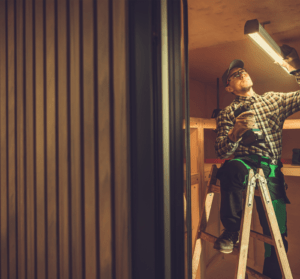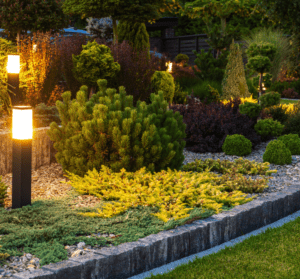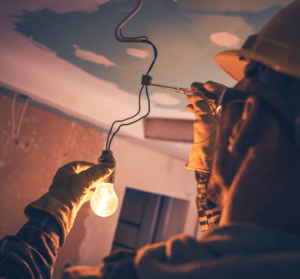Essential Lighting Installation Safety Tips for Homeowners
Lighting is important for both the safety and appearance of your home, but it can be tricky to get it right. Bad lighting can make your home dark and unsafe, while poorly installed fixtures can cause electrical problems and accidents.
This guide gives you important lighting installation safety tips for your home. By following these tips, you can make your home look beautiful and keep it safe, avoiding common mistakes and handling electrical parts carefully.
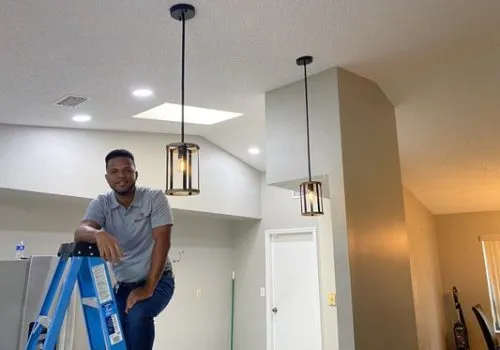
Planning Your Lighting Installation
Before beginning any lighting installation project, it’s essential to plan thoroughly. Start by assessing your lighting needs. Consider the purpose of each light fixture and the ambiance you wish to create in each room.
Are you looking for bright, task-oriented lighting in the kitchen or soft, ambient lighting in the living room? Choosing the right fixtures for each room is crucial, as it influences both functionality and style. Consider factors such as the size of the room, the height of the ceilings, and the existing decor.
Understanding Electrical Basics
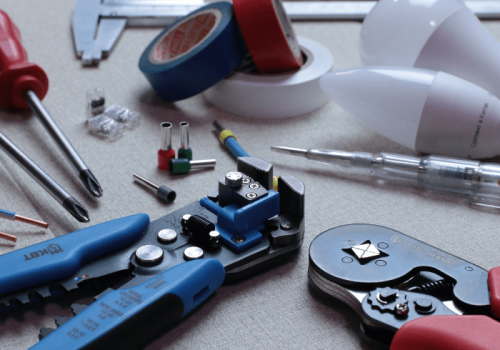
A basic understanding of electrical circuits is vital for any homeowner attempting a lighting installation. Electrical circuits are composed of various components, including wires, switches, and outlets, that work together to deliver power to your light fixtures.
Familiarize yourself with the concepts of amps, watts, and volts. Amperes (amps) measure the amount of electrical current, watts measure the power consumption, and volts measure the electrical potential. Knowing these terms will help you select the appropriate fixtures and ensure they are compatible with your home’s electrical system.
Safety Gear and Precautions
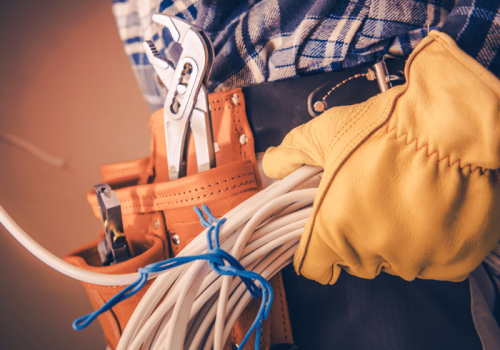
When handling electricity, prioritizing safety is important. Ensure you have the essential safety equipment, including insulated gloves, safety glasses, and non-conductive tools.
Before beginning any electrical work, make sure to shut off the power to the circuit you will be working on. Use a circuit tester to confirm that the power is off. This simple step can prevent electrical shocks and other serious injuries.
Handling Electrical Components
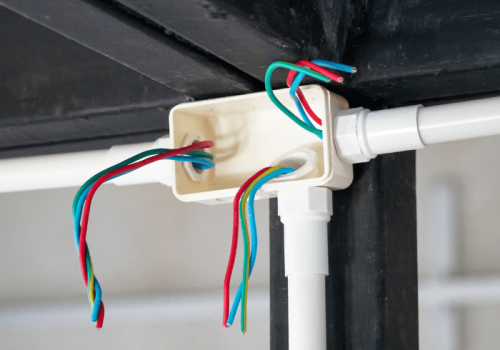
Handling electrical components requires precision and care. Begin by identifying the wires in your home’s electrical system—typically, you’ll encounter hot, neutral, and ground wires.
The hot wire carries current to the fixture, the neutral wire returns it to the source, and the ground wire provides a path for electrical current to prevent shocks. Ensure that you properly connect wires by matching the colors (usually black to black, white to white, and green or bare for ground) and securing them with wire nuts.
Installing Indoor Lighting
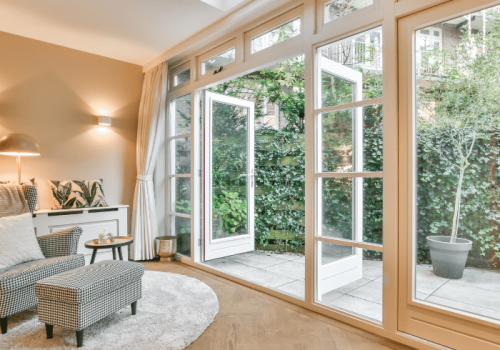
Installing indoor lighting fixtures such as ceiling lights and wall sconces can enhance the ambiance and functionality of your home. For ceiling lights, start by attaching the mounting bracket to the electrical box.
Connect the wires according to the manufacturer’s instructions and secure the fixture to the bracket. When installing wall sconces, make sure they are mounted at an appropriate height to provide adequate lighting and complement the room’s design. Use a level to make sure they are straight and evenly spaced.
Outdoor Lighting Installation

Outdoor lighting not only adds to the curb appeal of your home but also enhances security. Weatherproofing outdoor fixtures is essential to protect them from the elements.
Use fixtures rated for outdoor use and ensure all electrical connections are sealed with waterproof wire connectors. Install fixtures on sturdy surfaces and use appropriate mounting hardware. When running wires outdoors, use conduit to protect them from physical damage and moisture.
Dealing with Older Wiring

Older homes often have outdated wiring systems that may not be suitable for modern lighting fixtures. Before starting your installation, inspect the existing wiring for signs of wear or damage.
If you encounter old or frayed wires, consider updating or replacing them to ensure safety. When working with older wiring, follow safe practices such as turning off the power, using proper tools, and consulting an electrician if necessary.
Working with Smart Lighting Systems
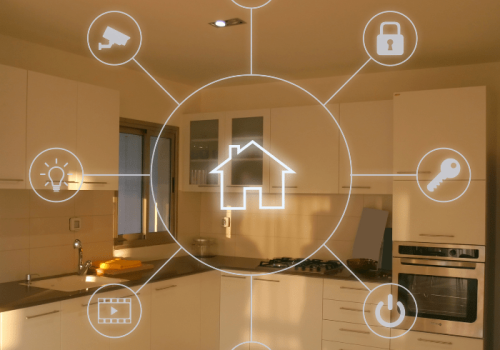
Smart lighting systems provide convenience and energy savings by letting you control your lights remotely. When installing smart lighting devices, ensure they are compatible with your existing electrical system and home automation setup.
Follow the manufacturer’s instructions carefully and secure a stable Wi-Fi connection for seamless operation. Smart lighting can enhance your home’s functionality, but proper installation is key to maximizing its benefits.
Troubleshooting Common Problems
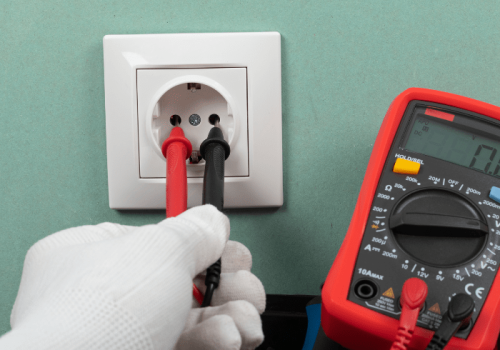
Even with careful planning and installation, you may encounter issues such as flickering lights or problems with dimmer switches. Flickering lights can result from loose connections, faulty bulbs, or incompatible dimmers.
Check all connections and replace any faulty components. If your dimmer switch is causing problems, ensure it is rated for the type of bulbs you are using and consider upgrading to a compatible model if necessary.
Hiring a Professional vs. DIY

While many homeowners enjoy the satisfaction of completing DIY projects, there are times when hiring a professional electrician is the safest option.
Consider hiring an electrician if your project involves complex wiring, significant electrical upgrades, or if you are unsure about any aspect of the installation. Professionals have the expertise and tools to ensure a safe and compliant installation, giving you peace of mind.
Final Thoughts on Ensuring a Safe Setup
Proper lighting installation is essential for creating a safe and inviting home environment. By following these safety tips, you can avoid common hazards and ensure your installation is successful.
Remember to plan thoroughly, understand electrical basics, use appropriate safety gear, and handle all components with care. Whether you choose to DIY or hire a professional, prioritizing safety will help you achieve the best results for your home lighting projects.

